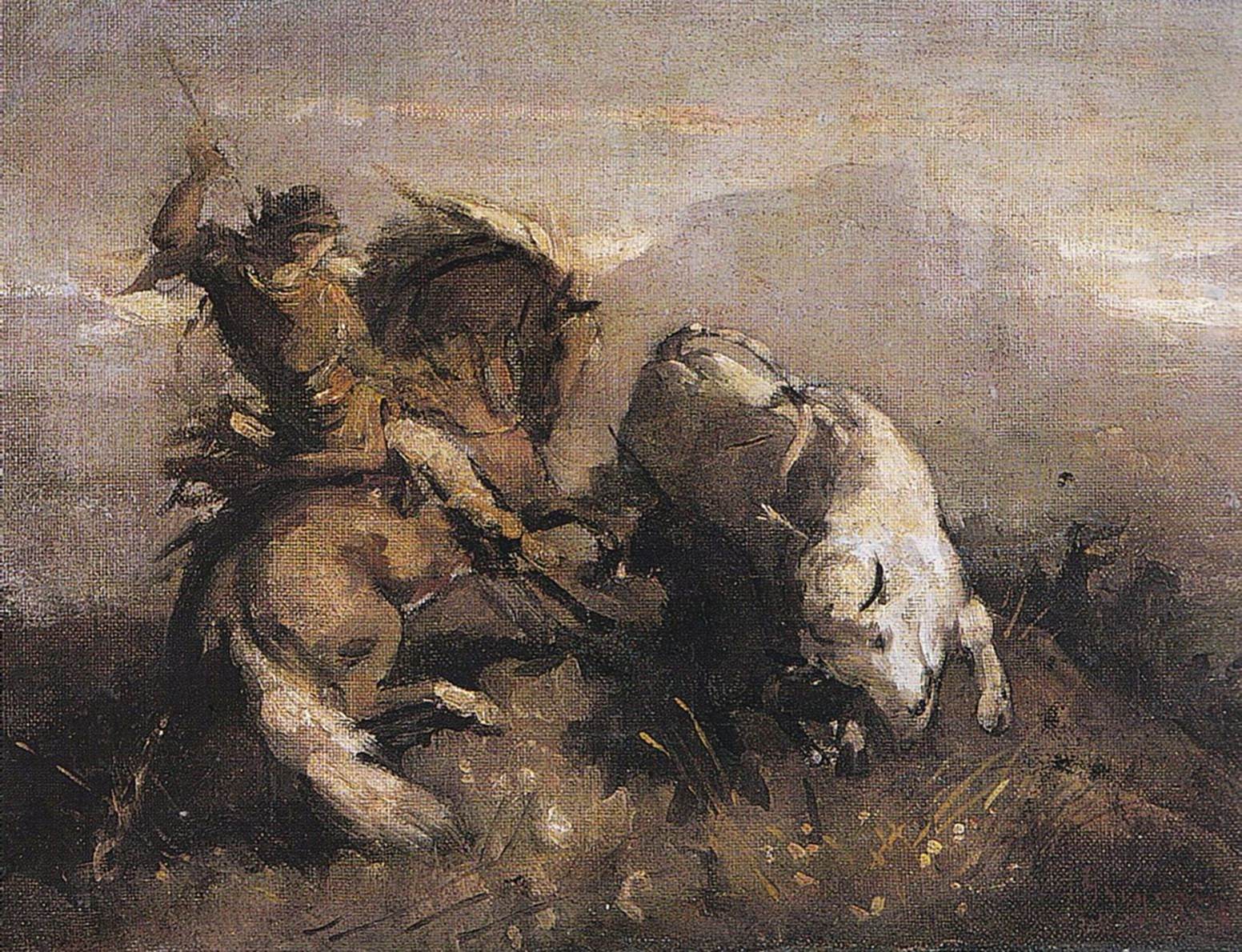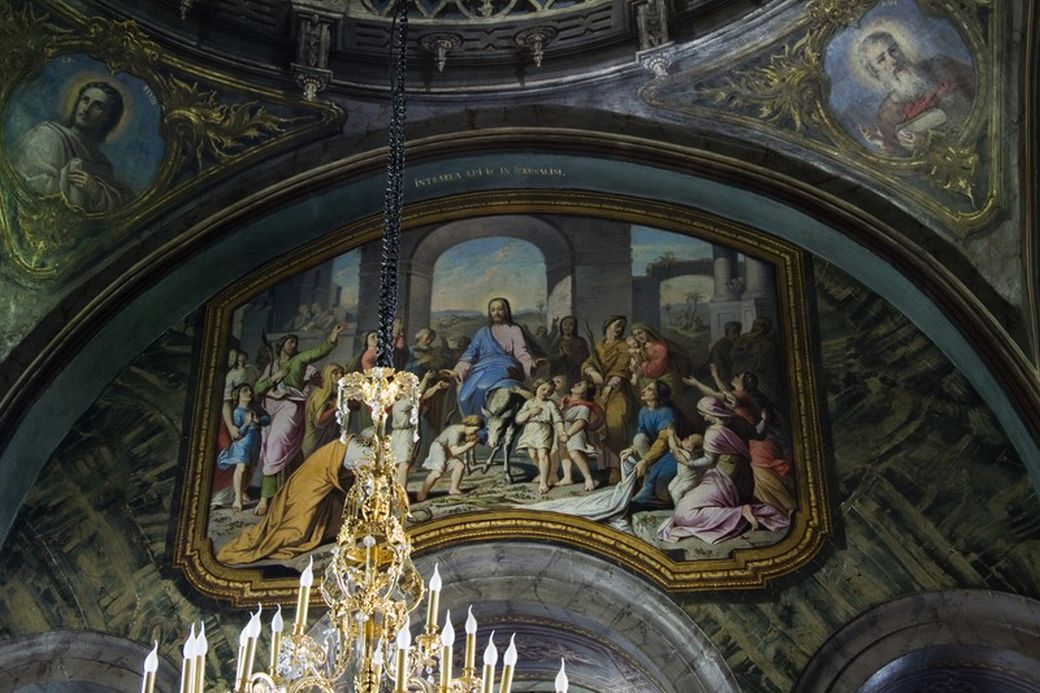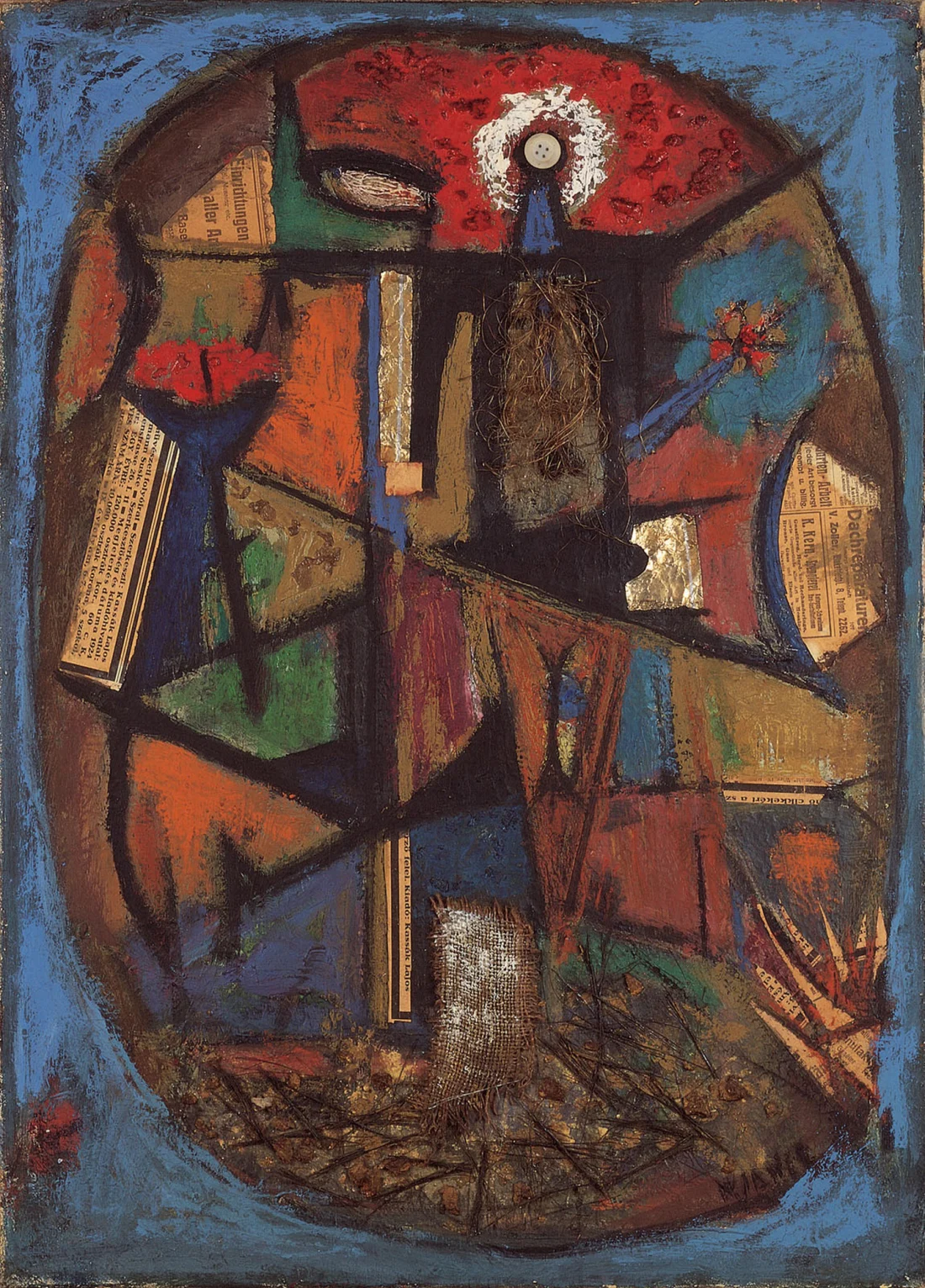Because today is December 1st, I want to take the time to write about the place that made me who I am today, and pay homage to my roots and nationality: the country of Romania (România). A country rich in beautiful landscapes, rich in the warmth of the people, rich in endurance, and rich in history and culture. Throughout time, Romania gave birth to many talented artists and inventors, and is the host to many brilliant minds.
There’s a lot to say and write about Romania, but I don’t want to make this a very long article, therefore I’ll focus on a few specific elements: folklore art, modern art, and contemporary art.
“Ia” (from latin “tunicae lineae“) is a blouse worn by women, and is part of traditional Romanian shirts worn by women and men, especially around special holidays and festivities. It distinguishes itself by the embroidery patterns around the chest, shoulders, and sleeves – each decoration and motif representing a specific region and area of Romania.
Ia is described by folklore artists as a defining element of cultural identity, especially since it has been handcrafted for hundreds of years. There isn’t an exact date of its incipience, but the first creations are said to have appeared in the Cucuteni culture (5.200-3.200 B.C.) – a civilization which inhabited the now territory of Moldova (region), as well as parts of Basarabia, Muntenia, and Transylvania.

It is said that the person who wears a ie will be blessed with luck and abundance, as well as being protected from evil spirits or ill intent.
Ia is manufactured from cotton or flax (linen), and its motifs are usually geometric or nature inspired (ancestral symbols like Sun, flowers or stag horns). The colors of the handmade embroidery also vary from region to region, as well as from age to age – younger women opting for brighter colors, while older women for darker colors.
The International Day of the Ie is celebrated on the 24th of June, the Holiday of Sânziene (or Drăgaica). The Day of the Romanian Ie represents a celebration of tradition, abundance, as well as femininity – women from all over the world being encouraged to wear their ie blouses on this day.
Ia has also served as an inspiration for an array of artists, designers or prominent figures – from Henri Matisse to Yves Saint Laurent, Oscar de la Renta, Carolina Herrera, or Nicole Kidman.
Henri Matisse’s friendship with painter Teodor Palladi has sparked the artist’s fascination towards the folk costume, dedicating a series of paintings to it titled: “La Blouse Roumaine”.
Ceramics and pottery are also objects well prized in Romania, as they are still handcrafted and painted with techniques preserved for hundreds of years.
UNESCO has listed Horezu and Cucuteni ceramics as patrimony list because of its uniqueness. The clay from Horezu area is considered special, with unique properties. The colors are mainly prepared from local ingredients using old recipes.
Each year festivals in Iasi and Horezu host hundreds of artisans and enthusiasts interested in discovering the art of ceramics.

One of the first founders of modern art in Romania is the painter Nicolae Grigorescu. Nicolae Grigorescu became a symbol for new generations of artists who – in the first decades of the 20th century – were looking for ways to bring to light the values of Romanian spirituality, as well as finding their artistic individuality.
Nicolae Grigorescu embraced iconography painting, as well as realism and impressionism through his landscape paintings.
In 1848, at the tender age of 10, Nicolae Grigorescu started his apprenticeship as an icon painter in Anton Chladek’s workshop. In 1861 he left for Paris, where he studied in several artist residencies, followed by his paintings in Barbizon village.

Theodor Aman was one of the most important Romanian painters of the XIXth century. His works blend Romanticism and Academicism, as well as bearing characteristics of early/Pre-Impressionism.
He took drawing lessons with the painter Constantin Lecca, at Central School in Craiova, and in 1850 he leaves for Paris, where he studied painting at the Academy of Fine Arts.
His contribution to Romanian art transcends his work, by establishing the first Fine Arts School in Bucharest (1864), where he was both the first teacher and the director.


Camil Ressu was an artist and academic born in Galați, Romania. He originates from an Aromanian family that migrated to Romania from Macedonia.
In 1887, Ressu was enrolled at the School of Fine Arts in Bucharest. He continued his studies at the School of Fine Arts in Iași.
In 1902, he finished his studied in Iași, being awarded a silver medal, and left Romania for Paris, seeking to further develop his art skills. In Paris, he studied at the Académie Julian.
Before stepping into contemporary artists, a few notable modern artists who shaped the Romanian art at the beginning of the 20th century we must not forget are: Tristan Tzara, Sabin Bălașa, Marcel Janco, Constantin Brâncuși, Irina Codreanu, Victor Brauner, Paul Păun, and Max Herman (M. H.) Maxy.
Sabin Bălașa is a particularly notable painter, as his own brand of surrealism titled “Cosmic Romanticism”. His large scale mural fresco’s are adorning the Hall of Lost Footsteps at Alexandru Ioan Cuza University in Iași, and his paintings have won the hearts of many people, nationally and internationally.

Adrian Ghenie is a contemporary Romanian painter, born in Baia Mare, who now lives and works in Berlin, Germany.
His painterly style has been compared to that of Francis Bacon. Adrian Ghenie‘s work is represented in numerous major museum and public collections including the Centre Georges Pompidou, the Hammer Museum, Los Angeles, the Museum of Contemporary Art, Los Angeles, the Museum of Modern Art, Antwerp, San Francisco Museum of Modern Art, and Stedelijk Museum voor Actuele Kunst, Ghent.
References in this article are taken from Wikipedia and artist’s personal sites or various art galleries. I also recommend the following links for further reading:
Thank you so much for reading. If you enjoyed your stay please consider signing up to the newsletter. I don’t spam and your data will never be sold.






































